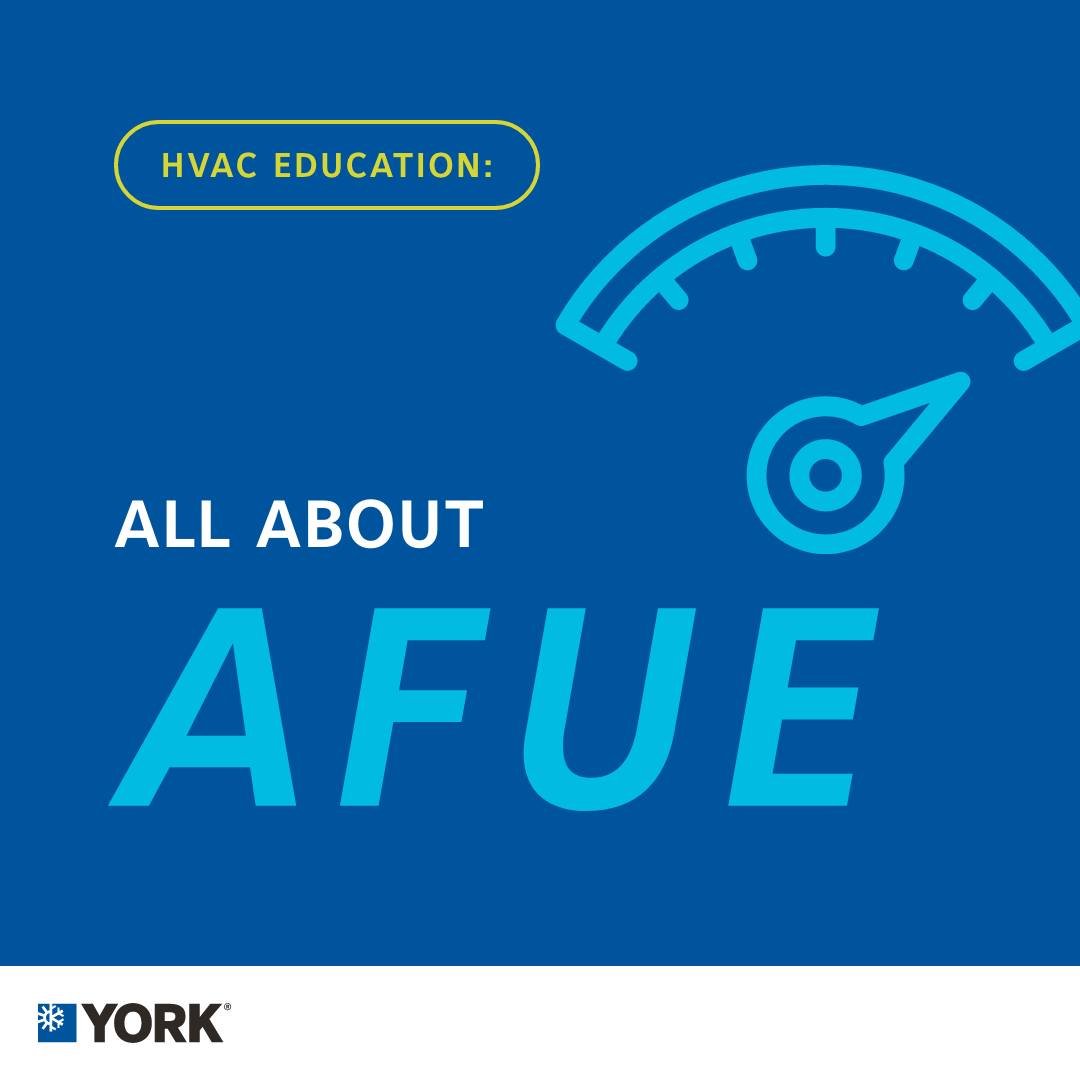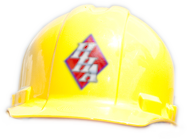New home comfort systems offer benefits that go deeper than the latest bells and whistles. For example, newer systems are designed to make regular maintenance faster and easier, reducing the time your contractor needs to perform routine or unexpected maintenance. So you can spend less time waiting and more time being comfortable! Check out our full line of innovative, time-saving products here: https://on.jci.com/3NyPhv2
Making Winter Comfort A Breeze
Cold weather typically means dry air, but using endless bottles of skin lotion isn't really the best solution. Fortunately, we have a full line of indoor air quality (IAQ) products to help keep your home properly humidified, which can save you money – both on your home comfort and on your skincare budget! Find out about our whole-home humidifiers and other IAQ products here: https://on.jci.com/3NBtItP
New Year. New Comfort.
Cold weather typically means dry air, but using endless bottles of skin lotion isn't really the best solution. Fortunately, we have a full line of indoor air quality (IAQ) products to help keep your home properly humidified, which can save you money – both on your home comfort and on your skincare budget! Find out about our whole-home humidifiers and other IAQ products here: https://on.jci.com/3NBtItP
Save on Heating Costs with ENERGY STAR This Season
If the winter chill is invading your home, look into sealing air leaks first before turning up the heat. By also adding insulation to areas in your home like doors, windows, the attic, and the basement, you can save up to 10% on your heating bills. energystar.gov/heating
Energy-Efficient Home For The Holidays
From now through the Winter Solstice, check in here for the 12 Days of Energy Savings where each day Energy Saver will feature a post with the U.S. Department of Energy Office of Energy Efficiency and Renewable Energy highlighting tips for saving energy and money to help you and all Americans transition to a Clean Energy future.
All About AFUE/HVAC Education
Despite looking like the noise a sneeze makes, AFUE is a very important measurement in home comfort. AFUE, or Annual Fuel Utilization Efficiency, measures how efficiently a furnace converts energy from the fuel it uses to warm your home.
Think of it as miles-per-gallon for home heating.
The higher the AFUE, the better your furnace is at efficiently heating your home. For instance, our YP9C modulating gas furnace has an AFUE rating of 98%. That means 98% of every BTU (a measurement of a fuel's heat content) used to run the furnace comes back as heat for your home - and that's very, very efficient.
Learn more about our YP9C furnace and all of its features here: https://on.jci.com/46NWPRu
Big On Efficiency & Savings
Efficiency standards for HVAC products are rising as the industry and government focus on lowering energy use and improving sustainability. Homeowners can be better prepared for future efficiency standards changes by installing a premium, high-efficiency HVAC system today.
Fortunately, many high-efficiency, premium systems qualify for rebates and other incentives, making it more affordable than ever to install a premium system. Find out more here: https://on.jci.com/47yH6a8
Heat Pump Systems
Heat pumps offer an energy-efficient alternative to furnaces and air conditioners for all climates. Like your refrigerator, heat pumps use electricity to transfer heat from a cool space to a warm space, making the cool space cooler and the warm space warmer. During the heating season, heat pumps move heat from the cool outdoors into your warm house. During the cooling season, heat pumps move heat from your house into the outdoors. Because they transfer heat rather than generate heat, heat pumps can efficiently provide comfortable temperatures for your home.
Ducted Air-Source Heat Pumps
There are three main types of heat pumps connected by ducts: air-to-air, water source, and geothermal. They collect heat from the air, water, or ground outside your home and concentrate it for use inside.
Image
The most common type of heat pump is the air-source heat pump, which transfers heat between your house and the outside air. Today's heat pump can reduce your electricity use for heating by approximately 50% compared to electric resistance heating such as furnaces and baseboard heaters. High-efficiency heat pumps also dehumidify better than standard central air conditioners, resulting in less energy usage and more cooling comfort in summer months. Air-source heat pumps have been used for many years in nearly all parts of the United States, but until recently they have not been used in areas that experienced extended periods of subfreezing temperatures. However, in recent years, air-source heat pump technology has advanced so that it now offers a legitimate space heating alternative in colder regions.
Ductless Air-Source Heat Pumps
Image
For homes without ducts, air-source heat pumps are also available in a ductless version called a mini-split heat pump. In addition, a special type of air-source heat pump called a "reverse cycle chiller" generates hot and cold water rather than air, allowing it to be used with radiant floor heating systems in heating mode.
Geothermal Heat Pumps
Image
Geothermal (ground-source or water-source) heat pumps achieve higher efficiencies by transferring heat between your house and the ground or a nearby water source. Although they cost more to install, geothermal heat pumps have low operating costs because they take advantage of relatively constant ground or water temperatures. Geothermal (or ground source) heat pumps have some major advantages. They can reduce energy use by 30%-60%, control humidity, are sturdy and reliable, and fit in a wide variety of homes. Whether a geothermal heat pump is appropriate for you will depend on the size of your lot, the subsoil, and the landscape. Ground-source or water-source heat pumps can be used in more extreme climates than air-source heat pumps, and customer satisfaction with the systems is very high.
Absorption Heat Pumps
Image
A relatively new type of heat pump for residential systems is the absorption heat pump (AHP), also called a gas-fired heat pump. Absorption heat pumps use heat or thermal energy as their energy source, and can be driven with a wide variety of heat sources such as combustion of natural gas, steam solar-heated water, air or geothermal-heated water, and therefore are different from compression heat pumps that are driven by mechanical energy. AHPs are more complex and require larger units compared to compression heat pumps. The lower electricity demand of such heat pumps is related to the liquid pumping only.
Advanced Features to Look for in a Heat Pump
A number of innovations are improving the performance of heat pumps.
Unlike standard compressors that can only operate at full capacity, two-speed compressors allow heat pumps to operate close to the heating or cooling capacity needed at any particular outdoor temperature, saving energy by reducing on/off operation and compressor wear. Two-speed heat pumps also work well with zone control systems. Zone control systems, often found in larger homes, use automatic dampers to allow the heat pump to keep different rooms at different temperatures.
Some models of heat pumps are equipped with variable-speed or dual-speed motors on their indoor fans (blowers), outdoor fans, or both. The variable-speed controls for these fans attempt to keep the air moving at a comfortable velocity, minimizing cool drafts and maximizing electrical savings. It also minimizes the noise from the blower running at full speed.
Some high-efficiency heat pumps are equipped with a desuperheater, which recovers waste heat from the heat pump's cooling mode and uses it to heat water. A desuperheater-equipped heat pump can heat water 2 to 3 times more efficiently than an ordinary electric water heater.
Another advance in heat pump technology is the scroll compressor, which consists of two spiral-shaped scrolls. One remains stationary, while the other orbits around it, compressing the refrigerant by forcing it into increasingly smaller areas. Compared to the typical piston compressors, scroll compressors have a longer operating life and are quieter. According to some reports, heat pumps with scroll compressors provide 10° to 15°F (5.6° to 8.3°C) warmer air when in the heating mode, compared to existing heat pumps with piston compressors.
Although most heat pumps use electric resistance heaters as a backup for cold weather, heat pumps can also be equipped in combination with a gas furnace, sometimes referred to as a dual-fuel or hybrid system, to supplement the heat pump. This helps solve the problem of the heat pump operating less efficiently at low temperatures and reduces its use of electricity. There are few heat pump manufacturers that incorporate both types of heat in one box, so these configurations are often two smaller, side-by-side, standard systems sharing the same ductwork.
In comparison with a combustion fuel-fired furnace or standard heat pump alone, this type of system can also be more economical. Actual energy savings depend on the relative costs of the combustion fuel relative to electricity.
Even with the impressive performance of heat pumps, the U.S. Department of Energy (DOE) is still researching ways to make heat pumps more affordable and efficient. To that end, DOE launched the Residential Cold Climate Heat Pump Technology Challenge in 2001 to accelerate deployment of cold climate heat pump technologies.









